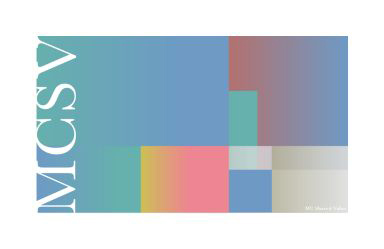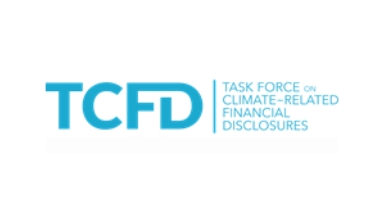Sustainability
Global sustainability issues have significantly evolved over the years and continue to change today.Mitsubishi Corporation (MC) recognizes the importance of staying attuned to changes within the global environment and society, and we aim to generate societal and environmental value by addressing key sustainability issues through our business activities which span numerous industrial sectors.
Initiatives Supporting Sustainable Value Creation
Announcements
-
Updates have been made on the sustainability page (Main updates: ESG Data, etc.)
-
Updates have been made on the sustainability page (Main updates: "Board of Directors and Shares, etc.", "Remuneration for Directors, etc.", "Companywide Sustainability Framework", "Social Evaluations", ESG Data, etc.)
-
Updates have been made on the sustainability page (Main updates: Supply Chain Management (Archive, etc) , MC’s Sustainability Promotion Framework, etc.)
Pick Up
Participation in External Initiatives
Other Related Information
Corporate Philanthropy
social contribution activities in line with three overarching themes: “Realizing an Inclusive Society,” “Empowering the Next Generation” and “Conserving the Environment.”
In addition, MC provides support for regions affected by natural disasters, including recovery efforts for the Great East Japan Earthquake. Our employees continue to actively participate in long-running programs that focus on contributing to the communities in which we operate on a global basis.












